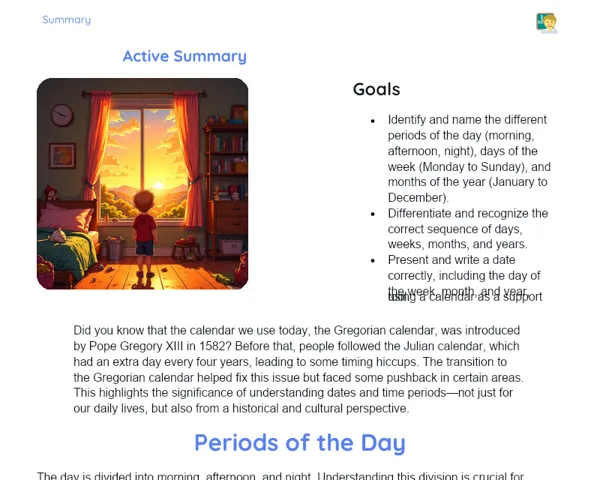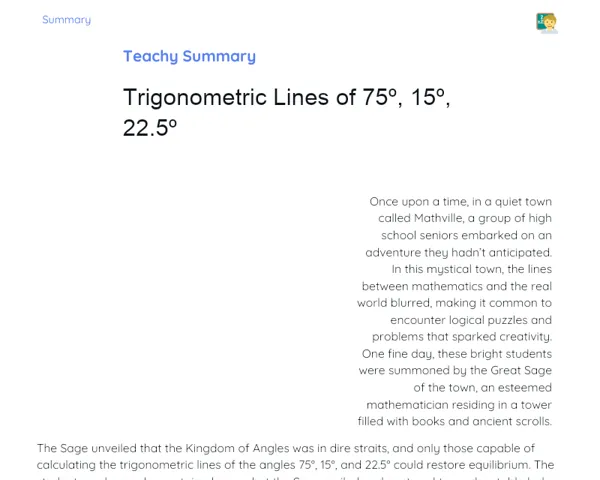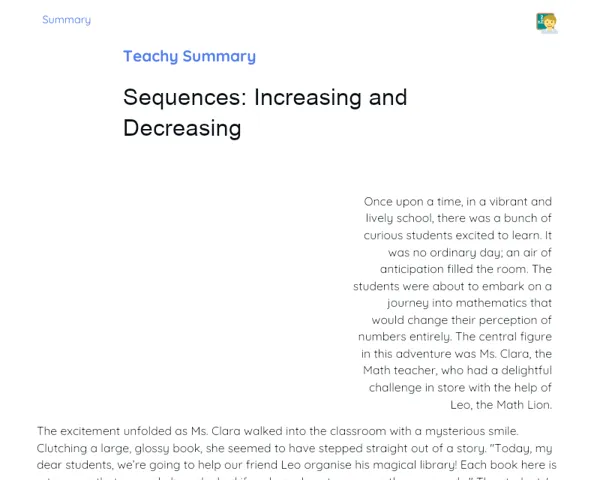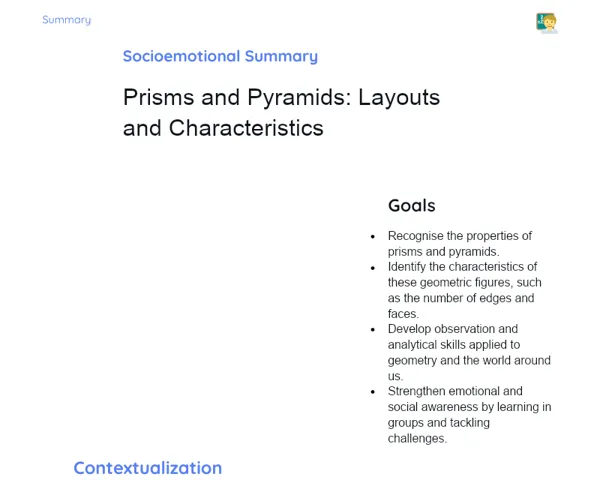Objectives
1. 📏 Understand the concept of the Least Common Multiple (LCM) and its relevance in everyday issues, such as sharing resources and syncing events.
2. 📏 Build the skills to calculate the LCM of two or more numbers, essential for tackling practical problems and grasping division processes along with scheduling regular gatherings.
Contextualization
Did you know that the Least Common Multiple (LCM) is a handy mathematical tool that not only helps with textbook problems but also plays a crucial role in real life? For instance, it’s used in coordinating public transport schedules, ensuring that buses and taxis run regularly, making life easier for countless people every day. Mastering the LCM can enhance your maths skills while highlighting how maths intertwines with our daily routines, simplifying complex processes.
Important Topics
Calculating the LCM
The Least Common Multiple (LCM) is the smallest number that is a multiple of two or more numbers. A common way to find the LCM is through the prime factorization method, which breaks numbers down into their prime factors and then multiplies the highest powers of all factors together, ensuring that the outcome can be divided evenly by the original numbers.
-
Factorization: Break down the numbers into prime factors. For instance, to compute the LCM of 6 and 15, 6 = 2 x 3 and 15 = 3 x 5.
-
LCM: Identify the highest common factor and multiply it by any leftover factors. In this case, the LCM of 6 and 15 is 2 x 3 x 5 = 30.
-
Practical Application: The LCM is key for solving problems related to equal sharing and planning regular gatherings, just like in our cyclist example.
Practical Applications of the LCM
The LCM has plenty of real-life applications, from dividing resources fairly to timing periodic meetings, as illustrated in our cyclist example. These situations show how theoretical maths can effectively address practical problems, which aids both in event organization and in managing processes that need to sync up over time.
-
Equitable Division: The LCM helps in fairly sharing resources among people in cases where precise distribution is necessary, like divvying up space for a braai.
-
Event Synchronization: For planning gatherings or activities occurring at set intervals, like where cyclists pace themselves, the LCM of their lap times plays a crucial role.
-
Resource Management: Using the LCM properly ensures that resources are allocated fairly and efficiently, making the most of what’s available.
Problem-Solving Strategies with LCM
It's vital to develop effective strategies for tackling LCM-related challenges. This includes quickly spotting the LCM of a group of numbers, whether through factorization or by constructing a multiples table, which helps to visually pinpoint common multiples for easier identification.
-
Multiples Table: Draw up a table showing the multiples of the numbers you're working with to spot the smallest multiple they all share.
-
Logical Reasoning: Foster logical reasoning skills to apply your knowledge of LCM in practical ways, tweaking it to different problem types.
-
Review and Practice: Regular practice of LCM calculations keeps your skills sharp and prepared for new challenges.
Key Terms
-
Least Common Multiple (LCM): The smallest number that is a multiple of two or more numbers.
-
Factorization: Breaking down a number into its prime factors, crucial for finding the LCM.
-
Common Multiples: Numbers that can be evenly divided by all involved numbers, key for determining the LCM.
For Reflection
-
How can a good grasp of the LCM help improve event organization in your day-to-day life?
-
How might calculating the LCM in real scenarios develop your logical reasoning and problem-solving abilities?
-
Why is it important to keep reviewing and practising LCM calculations to honed your maths skills?
Important Conclusions
-
We’ve uncovered the essential concept of the Least Common Multiple (LCM) and its applications in both maths problems and real-world situations, such as sharing resources or synchronizing events.
-
We’ve learned how to calculate the LCM using methods like prime factorization and multiples tables, which are pivotal for addressing equitable division challenges and organizing periodic meetings.
-
We've examined various practical applications of the LCM, underscoring its significance in event organization and resource management—a testament to how maths integrates subtly into our everyday lives.
To Exercise Knowledge
Start a 'Math Decision Diary' where you document everyday situations that can be addressed using the LCM. For instance, work out how many bottles of different sizes are needed to evenly portion a drink for your mates. Try applying the LCM in at least three different scenarios and explain how you arrived at your answers.
Challenge
Party Planner Challenge: Imagine you're throwing a bash for 32 people and need to dish out 5 different types of food equally. Use the LCM to figure out how many servings of each dish you should prepare so that every guest gets one of each.
Study Tips
-
Sharpen your LCM calculation skills with online games and math apps that feature fun challenges. This approach can make learning engaging and reinforce your understanding.
-
Chat with friends or family about how LCM can be employed in real-world situations. Teaching others what you’ve learned is a fantastic way to solidify your understanding.
-
Keep a maths notebook to jot down examples of LCM applications you spot in real life or in maths problems you solve.



